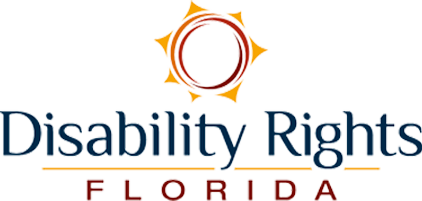Requirements for Use of Protective Action Response (PAR)
Each Department of Juvenile Justice (DJJ) facility or provider must have policies and procedures related to the use of PAR that follows the standards outlined in the Florida Administrative Code. Each provider will have an approved list of holds or techniques they can use called a “Matrix”. This Matrix is the authorized list of holds the DJJ facility or provider can use on a youth.
Staff Requirements for Use of PAR
PAR can only be used by an authorized staff that is certified in PAR and has passed the state performance test. Staff must be trained in using an emergency procedure curriculum that has been approved by DJJ.
Use of the PAR for Assessing Appropriate Intervention Techniques
DJJ facility staff or provider use the PAR Escalation Matrix for guidance in selecting the level of technique they can use based upon the youth’s level of resistance. Then staff begins by using verbal interventions listed below:
- Level 1 Verbal intervention shall be utilized in response to all levels of resistance by youth. Verbal intervention techniques shall be the initial response by an employee to resistance by a youth except where physical interventions are necessary to prevent physical harm to the youth, employee or another person, property damage, or of the youth escaping or absconding from lawful supervision.
- Level 2 Verbal attempts to diffuse a youth or situation have been exhausted, and the youth has initiated active, combative, or aggravated resistance. There will be no physical intervention for passive resistance without a clear and identifiable risk to safety and security. Physical intervention techniques may encompass the use of touch, countermoves, control techniques or take down as described in the Florida Administrative Code
- Level 3 Mechanical restraint. The use of mechanical restraints is authorized in situations where a youth has initiated active, combative or aggravated resistance and in situations where the youth poses a physical threat to self or others.
Staff will provide complete documentation of the event including medical status, incident report, matrix of events, and staff notes. The Program Director or their designee will review the documentation for accuracy procedure compliance.
